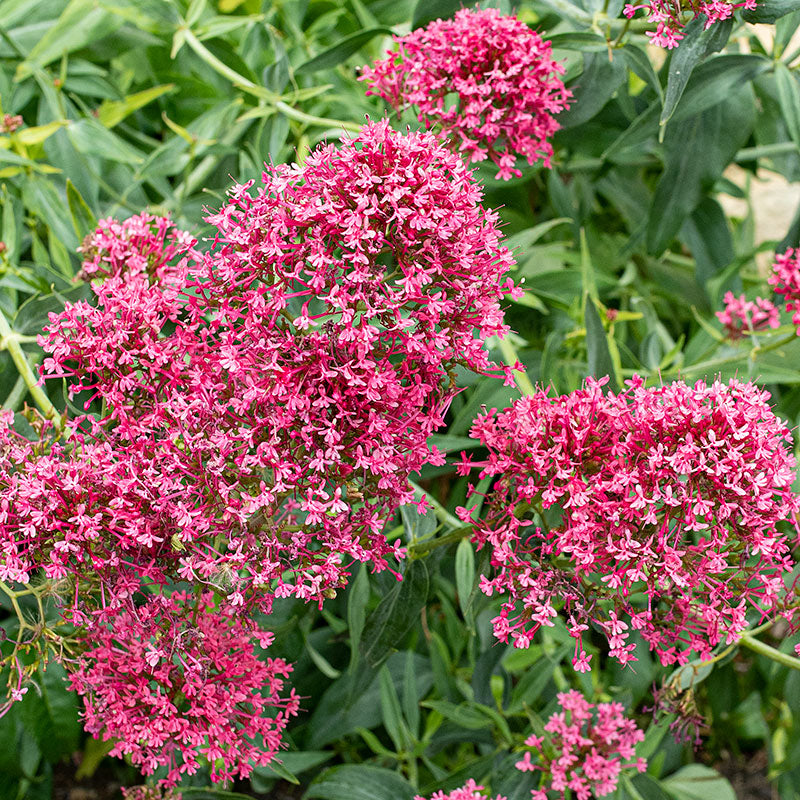Seed Packet
Jupiter's Beard
Centranthus ruber
Native to the Mediterranean, red valerian thrives in well-drained, even poor alkaline soils and easily reseeds to fill difficult barren spots with gray-green foliage and full flower heads. Clustered starry florets in vibrant rosy red brighten informal cottage gardens, lovely with mealy cup sage and lavenders. Mid to late summer flowering, when they are a boon to migrating butterflies.
SKU #S1576
Currently Unavailable
Notify Me When Available
































